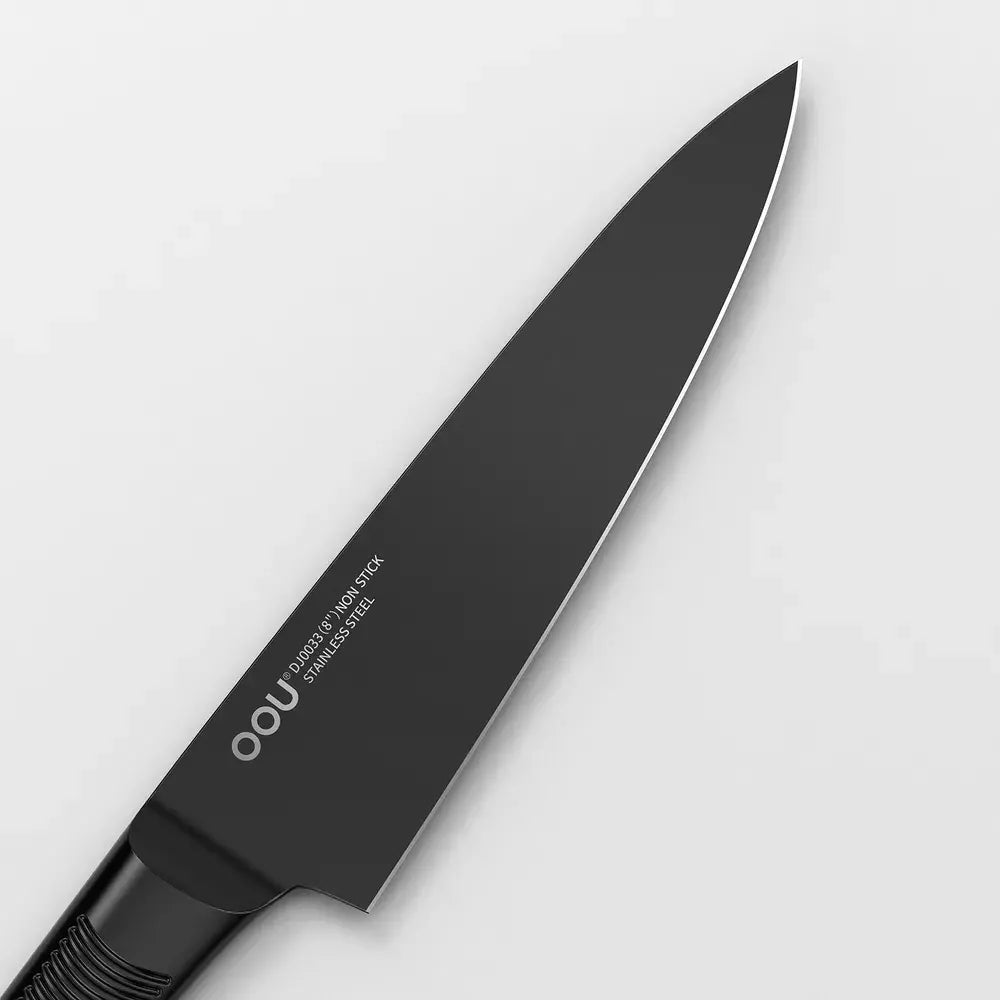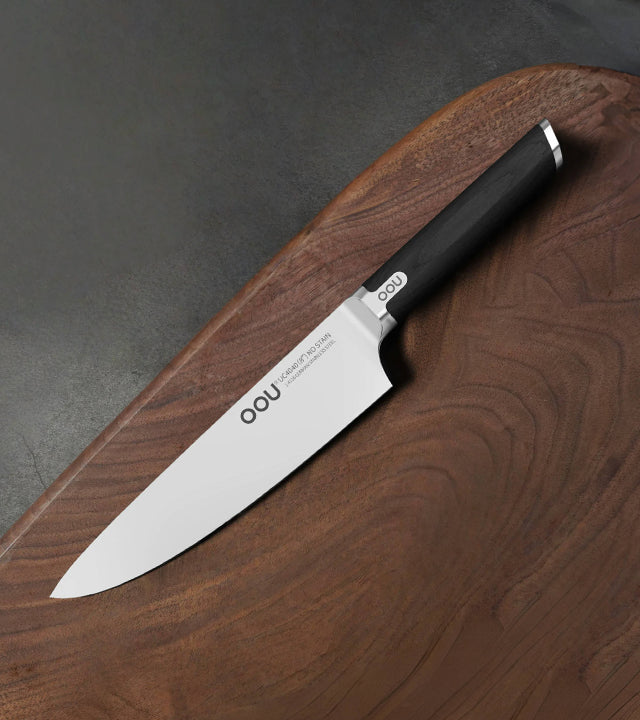Introduction
A dull knife is not just inefficient—it’s dangerous. Many kitchen injuries occur because cooks apply excessive force when using a dull blade. Proper maintenance and sharpening keep your knives in top condition, ensuring precise cuts and effortless slicing. In this guide, we’ll discuss essential knife care techniques, the difference between honing and sharpening, and the best tools for the job.
Knife Maintenance: Do’s and Don’ts
To extend the life of your knife, follow these maintenance tips:
✅ Do:
-
Wash your knife immediately after use to prevent food acids from damaging the blade.
-
Store knives in a knife block or magnetic strip to prevent blade damage.
-
Use a wood or bamboo cutting board to protect the blade’s edge.
❌ Don’t:
-
Never put your knife in the dishwasher. The heat and detergents can corrode the metal.
-
Avoid cutting on glass, marble, or metal surfaces, as they dull the blade.
-
Don’t store knives loosely in a drawer, as this increases the risk of chipping and injury.
Honing vs. Sharpening: What’s the Difference?
Many people confuse honing and sharpening, but they serve different purposes:
-
Honing: Maintains the knife’s edge by realigning the metal. Use a honing rod once a week.
-
Sharpening: Removes small amounts of metal to create a new edge. This should be done every few months using a whetstone or sharpener.
Best Tools for Keeping Your Knife Sharp
-
Whetstones (Sharpening Stones) – Recommended by professionals for precise sharpening.
-
Honing Rods – Used for routine maintenance between sharpening sessions.
-
Electric Knife Sharpeners – Convenient but may remove more metal than necessary.
Industry Standards & Professional Advice
The Culinary Institute of America (CIA) advises using a whetstone for the best sharpening results (source).



